Hey there, bacon lovers! If you’re standin’ in your kitchen, starin’ at a pack of bacon and a bottle of olive oil, wonderin’ if these two can play nice in the pan, you’ve come to the right place. We’re divin’ headfirst into the smoky, crispy world of bacon cookin’ to answer one hot question: Do you use olive oil to cook bacon? Spoiler alert: Yeah, you can, but you don’t always gotta. Stick with me, and I’ll break it down with all the juicy deets, personal flops, and pro tips to get that bacon just right.
The Quick Scoop: Olive Oil and Bacon—Do They Mix?
Let’s cut to the chase Most bacon don’t need no oil at all to cook up nice and crispy Why? ‘Cause bacon’s got its own fat that melts down and does the job when you heat it slow. But here’s the kicker—usin’ olive oil can be a game-changer in some cases. Got a lean cut like Canadian bacon? Wanna add a lil’ grassy, peppery flavor to your strips? Or maybe your pan ain’t non-stick and you’re tired of scrubbin’ off stuck bits? Olive oil’s got your back. It ain’t necessary, but it can level up your bacon game if you know how to use it right.
In this post we’re gonna unpack everything—why you might wanna use olive oil the good and the not-so-good, how to do it without burnin’ the house down, and even some killer recipe ideas. Plus, I’ll throw in a few of my own kitchen disasters to keep it real. So, grab a coffee, and let’s get cookin’!
Why Even Think About Olive Oil for Bacon?
Bacon’s already a fatty lil’ beast, so why mess with addin’ oil? Well I’ve been there skeptically eyein’ that bottle of olive oil, but lemme tell ya, there’s some solid reasons to give it a whirl
- Flavor Boost: Olive oil ain’t just fat; it’s got this unique, kinda grassy taste that pairs real nice with bacon’s smoky, salty vibe. It’s like givin’ your breakfast a lil’ Mediterranean twist.
- No-Stick Magic: If your pan’s seen better days (like mine after one too many bacon binges), a drizzle of olive oil keeps those strips from weldin’ themselves to the surface. Flippin’ and cleanin’ becomes a breeze.
- Health Perks: Now, don’t get me wrong—bacon ain’t health food. But olive oil’s got monounsaturated fats and antioxidants that are a bit kinder to your ticker than, say, a pat of butter or straight-up bacon grease.
- Help for Lean Cuts: Some bacon, like the Canadian kind, is super lean and don’t got much fat to render. Without a lil’ help, it can burn or stick. Olive oil steps in to save the day.
- High Heat Tolerance: Good olive oil can handle the heat needed for bacon—up to around 400°F before it starts smokin’. That’s plenty for gettin’ those strips crispy without a burnt mess.
I remember the first time I tried it, thinkin’ I was some fancy chef. Turned out, it worked like a charm on some thin, lean strips that usually stuck like glue. But it ain’t all sunshine—there’s a flip side, which we’ll get to in a sec.
The Downside: Why Olive Oil Might Not Be Your Bacon BFF
Before you go pourin’ half a bottle into the pan, let’s chat about why olive oil ain’t always the best pick. I’ve had my share of “what the heck did I do” moments, and here’s what I learned:
- Flavor Clash: That distinct olive oil taste? Some folks love it; others reckon it overpowers the bacon’s natural smokiness. If you’re a purist, you might wanna skip it.
- Burn Risk: Yeah, it’s got a decent smoke point, but crank the heat too high, and that oil’s gonna burn faster than you can say “breakfast fail.” Burnt oil tastes nasty and fills the kitchen with smoke.
- Cost Factor: Let’s be real—good olive oil ain’t cheap. If you’re just fryin’ up a few strips, usin’ somethin’ pricier than the bacon itself might feel like overkill.
- Calorie Load: Health perks or not, olive oil packs just as many calories as other fats. A teaspoon here and there adds up quick if you’re watchin’ your intake.
- Not Always Needed: Most regular bacon renders plenty of fat on its own. Addin’ oil can make it greasier than a fast-food joint, and who wants that?
I once overdid it with extra virgin olive oil on high heat—thought I’d get gourmet results. Nope. Ended up with a smoky kitchen and bacon that tasted like burnt olives. Lesson learned: moderation and heat control are key.
How to Cook Bacon with Olive Oil (Without Screwin’ It Up)
Alright, if you’re sold on tryin’ olive oil, let’s do this right. I’ve botched enough bacon to know the pitfalls, so follow these steps for sizzlin’ success:
- Pick the Right Oil: Don’t grab that fancy extra virgin stuff for cookin’—it burns easy and the strong flavor might not jive with bacon. Go for a lighter or refined olive oil. It’s got a higher smoke point and a milder taste.
- Use Just a Smidge: You ain’t deep-fryin’ here. A teaspoon per slice or two is plenty. Swirl it around to coat the pan thinly—too much oil, and your bacon’s swimmin’ instead of crispin’ up.
- Heat the Pan First: Get that skillet or fry pan goin’ on medium-high before tossin’ in the bacon. Test it with a drop of water—if it sizzles, you’re golden.
- Lay It Flat: Place your bacon strips in a single layer, no overlappin’. Crowdin’ ‘em will steam instead of fry, and you’ll end up with sad, soggy bacon. Leave a lil’ space between each piece.
- Flip with Care: Halfway through, flip those babies with tongs or a fork. Don’t stab ‘em, or you’ll lose all the juicy goodness.
- Cook to Your Likin’: Want chewy? Give it 2-3 minutes per side. Cravin’ crispy? Go 4-5 minutes each side. Keep an eye on the heat—turn it down if the oil starts smokin’.
- Drain the Grease: Once done, move the bacon to a plate lined with paper towels to soak up extra fat. Cover with foil if you wanna keep it warm and crunchy while you finish up.
I’ve found this method works best with a cast-iron skillet—holds heat like a champ and gets that bacon nice and even. First time I did it right, I felt like I’d cracked some ancient cookin’ code. Nothin’ stuck, and the flavor had this subtle kick. Give it a shot!
Do You Even Need Oil for Bacon? (Spoiler: Usually Not)
Now, lemme back up a bit. Truth is, for most bacon, you don’t need any oil—olive or otherwise. Bacon’s got a lotta fat built right in, especially the American-style stuff from pork belly. When you cook it slow on low heat, that fat melts down (or “renders,” if you’re feelin’ fancy) and fries the meat in its own grease. It’s like nature’s non-stick coating.
Here’s how to cook bacon without oil, straight from my trial-and-error days:
- Start Cold: Pop the bacon in a cold pan. Don’t preheat—let it warm up with the bacon so the fat renders nice and slow.
- Room Temp Helps: If your bacon’s straight from the fridge, let it sit out for 10-15 minutes. Cold bacon can cook uneven, trust me.
- Low Heat Wins: High heat burns the outside before the fat melts, leavin’ you with a charred mess still fatty in spots. Keep it low and be patient.
- Don’t Crowd: Same deal—single layer, no overlap, or you’re steamin’ instead of fryin’.
- Move It Around: Once the fat starts meltin’, nudge the strips a bit to spread the grease and stop stickin’.
- Flip When Curly: When the edges curl up, flip ‘em over. Cook till it’s your kinda crispy.
I used to crank the heat thinkin’ faster was better. Big nope. Ended up with half-burnt, half-raw strips. Low and slow’s the way to go—takes a few extra minutes but saves ya from a sizzlin’ hot mess.
There’s exceptions, though. If you’ve got super lean bacon (like Canadian, which is more like ham), or a pan that ain’t non-stick, a lil’ fat—olive oil or otherwise—saves the day.
Olive Oil vs. Other Fats: What’s the Deal?
Wonderin’ how olive oil stacks up against other options for bacon cookin’? Let’s break it down in a handy lil’ table, based on my kitchen experiments and a few burnt pans:
| Fat Type | Pros | Cons |
|---|---|---|
| Olive Oil | Adds flavor, non-stick, some health perks, good smoke point (~400°F) | Can burn if overheated, pricey, flavor might not suit all |
| Butter | Rich taste, helps brownin’ nicely | Burns easy at high heat, more saturated fat, can make bacon too greasy |
| Bacon Grease | Free (from past cookin’), intense bacon flavor, no extra cost | High in saturated fat, gotta store it right, messy to reuse |
| Vegetable Oil | Cheap, high smoke point, neutral taste | No flavor boost, can feel industrial, not as “natural” as olive oil |
I’ve tried ‘em all. Butter’s awesome for a rich vibe but burns if ya blink. Bacon grease is like recyclin’ flavor gold, but it’s a pain to store without a mess. Vegetable oil works fine but feels kinda blah. Olive oil’s my go-to when I want a lil’ somethin’ extra without overdoin’ it.
Health Angle: Is Olive Oil Bacon Better for Ya?
Let’s talk health, ‘cause we all wanna enjoy bacon without feelin’ like we’re signin’ a death warrant. Bacon itself ain’t exactly a superfood—loaded with salt and saturated fat. But choosin’ how ya cook it can make a diff.
Olive oil’s got a rep for bein’ heart-friendlier than butter or bacon grease ‘cause of its monounsaturated fats. It’s got some antioxidants too, which fight off bad stuff in your body. But don’t kid yourself—it’s still fat, packin’ the same calories per spoon as any other oil. A lil’ drizzle won’t save ya if you’re eatin’ a pound of bacon daily.
Healthier cookin’ methods might beat addin’ any oil, though. Try these if you’re watchin’ your waistline:
- Air Fryer: Fat drips off, so you eat less of it. Quick and crispy with no added grease.
- Oven Baking: Lay strips on a rack over a tray at 375°F for 15-20 minutes. Fat drips down, less mess, and you can do a big batch. Start with a cold oven for even cookin’.
- Microwave: Cover with paper towels, zap for 3-4 minutes. It’s fast, soaks up grease, but texture ain’t as good.
I’ve gone the oven route on lazy Sundays—pop a tray in, sip coffee, and boom, bacon’s ready without babysittin’ a pan. No oil needed, and I feel a tad less guilty.
Recipe Ideas: Olive Oil Bacon with a Twist
If you’re usin’ olive oil to cook your bacon, why not get creative? Here’s a few ideas I’ve whipped up that make the most of that lil’ flavor kick:
- Olive Oil Bacon BLT Salad: Fry up bacon with a teaspoon of olive oil for that grassy hint. Crumble over romaine, toss in juicy tomatoes, and a dollop of mayo. It’s summer in a bowl.
- Bacon Avocado Toast: Cook bacon with a drizzle of olive oil, smash some avo on whole-grain toast, top with bacon bits, a slice of tomato, and a fried egg. Breakfast goals, y’all.
- Bacon-Wrapped Dates: Partially cook bacon with olive oil, wrap around pitted dates, and bake till crispy. Sweet, salty, and a total crowd-pleaser for parties.
- Carbonara Quickie: Sauté bacon bits in olive oil, mix with hot pasta, parmesan, black pepper, and a raw egg. The heat cooks the egg into a creamy sauce—fancy but easy.
I made that carbonara once for a date night—thought I’d mess it up, but the olive oil gave the bacon this subtle depth. Total win, and I looked like a pro.
Cleanin’ Up the Mess (Ugh, the Worst Part)
Cookin’ bacon, with or without olive oil, leaves a greasy disaster. I’ve cursed my pans more times than I can count, but here’s how to make cleanup less of a pain:
- Wipe Hot: Soon as you’re done, while the pan’s still warm (not hot enough to burn ya), wipe out excess oil with paper towels. Heat makes the grease easier to lift.
- Cool Before Washin’: Don’t dunk a screamin’ hot pan in water—let it cool a bit to avoid warpin’ or burnin’ yourself.
- Hot Soapy Scrub: Use hot water and dish soap with a non-scratch sponge. Cuts through oil like magic.
- Bakin’ Soda Trick: Stubborn spots? Sprinkle bakin’ soda, let it sit a few, then scrub. It breaks down grease like nobody’s business.
- Vinegar Soak: For real tough residue, simmer water with a splash of vinegar in the pan for 5-10 minutes, then scrub. Works wonders.
- Dry and Oil: Dry the pan right away to dodge water spots, and rub a thin layer of oil to keep it seasoned if it’s cast iron.
I used to dread the aftermath of bacon day, but these tricks cut my scrubbin’ time in half. Still ain’t fun, but it’s doable.
Final Thoughts: Should Ya Use Olive Oil for Bacon?
So, do ya use olive oil to cook bacon? Bottom line, it’s your call. You don’t need it for most bacon—those fatty strips cook fine in their own grease if you go low and slow. But olive oil can be a sweet addition if you’re dealin’ with lean cuts, want a flavor twist, or need non-stick help. It’s got perks like health benefits and a decent heat tolerance, but watch the heat and don’t overdo the pour, or you’ll have a burnt, greasy flop on your hands.
I’ve played with it both ways—sometimes I stick to plain ol’ bacon fat, other times I drizzle a lil’ olive oil for somethin’ different. Experiment, see what vibes with your taste buds. Maybe start with a small batch and one of them recipe ideas I tossed out. And hey, if you’ve got a fave way to cook bacon or a wild olive oil combo, drop it in the comments. We’re all about sharin’ the sizzle here!
Keep cookin’, keep messin’ up, and keep learnin’—that’s the kitchen life. Catch ya next time for more grub gab!

Introduction: Frying Bacon (Not for the Faint of Heart)
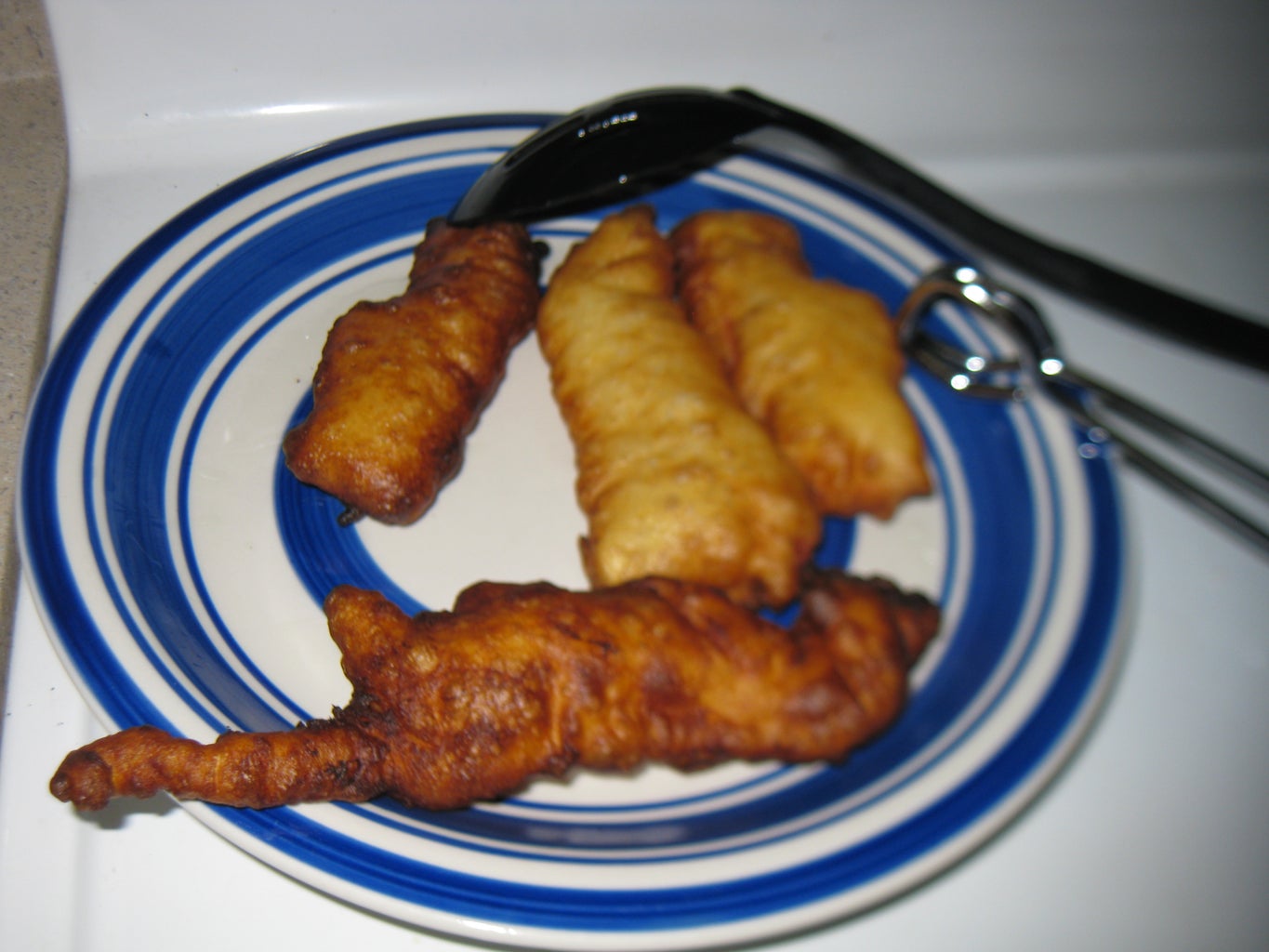
Step 2: Step One: Cook the Bacon
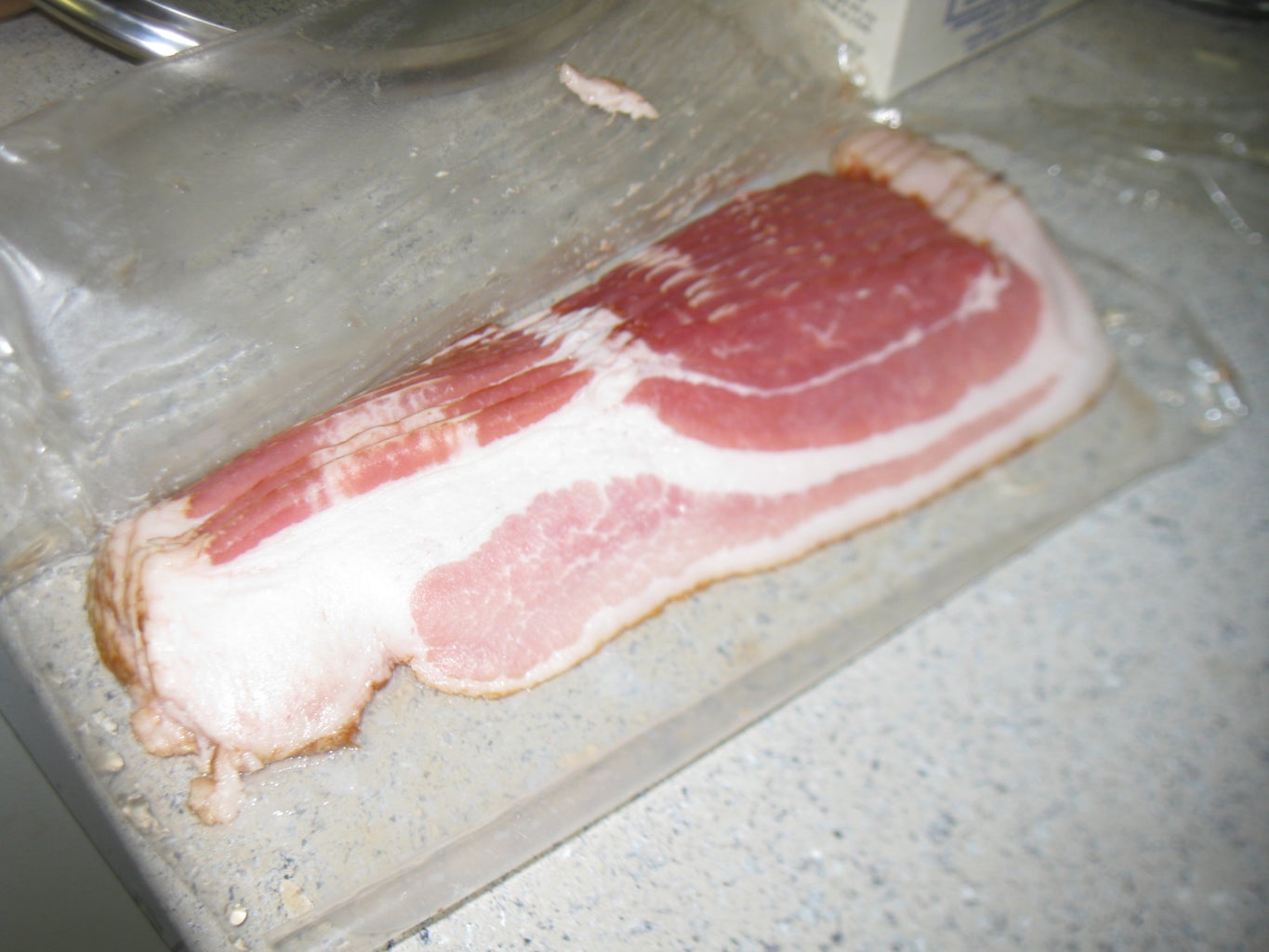
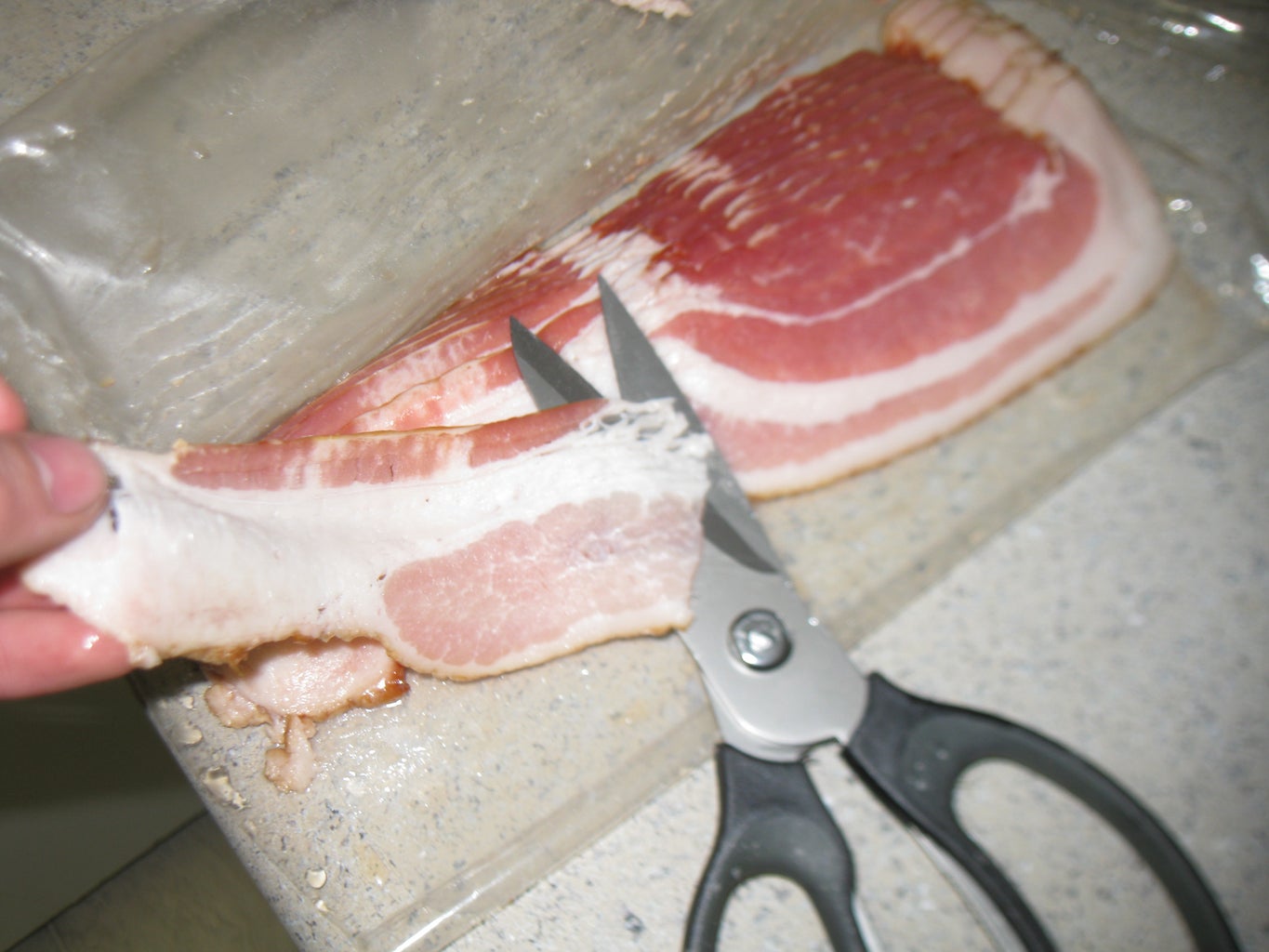
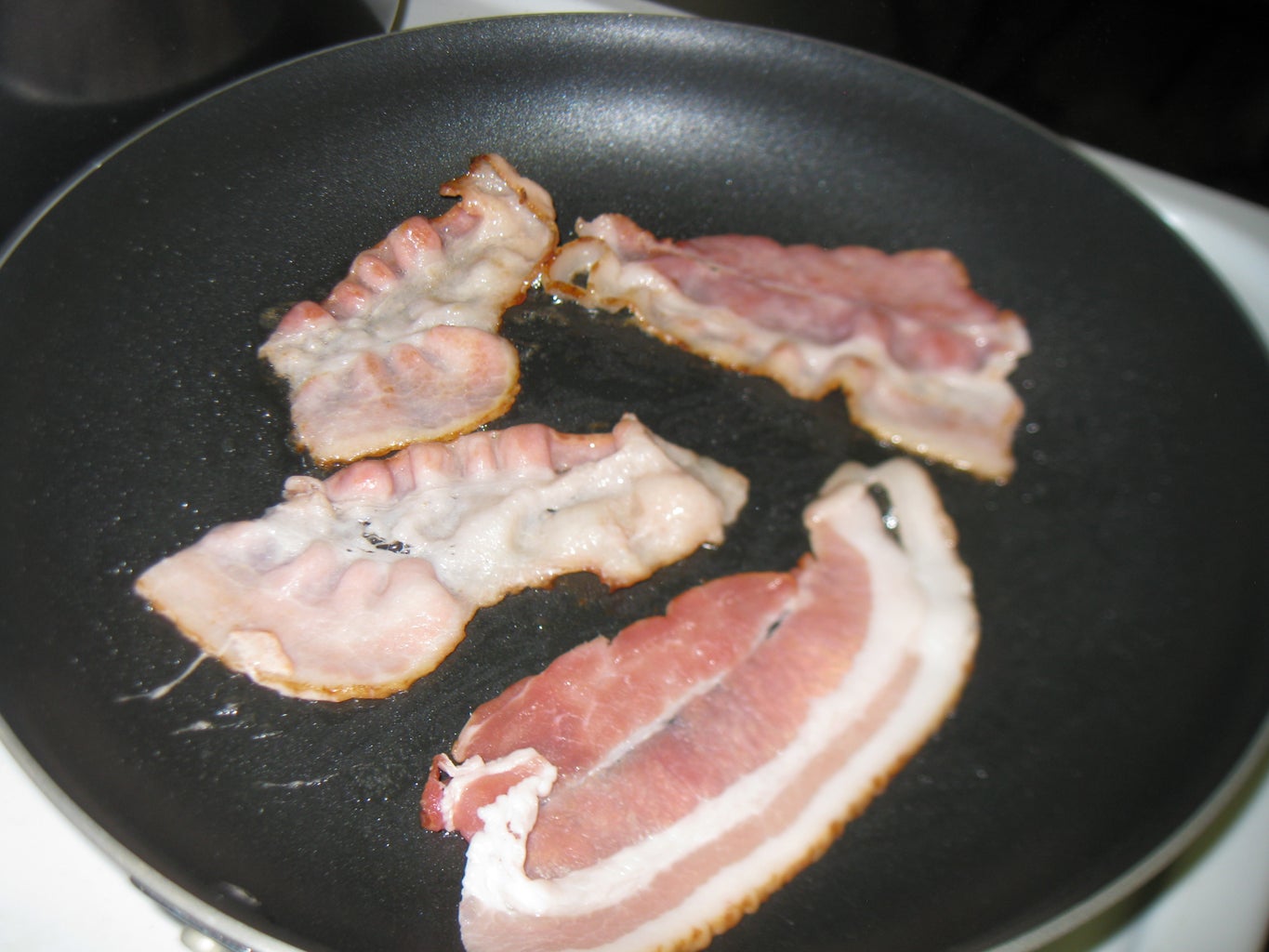
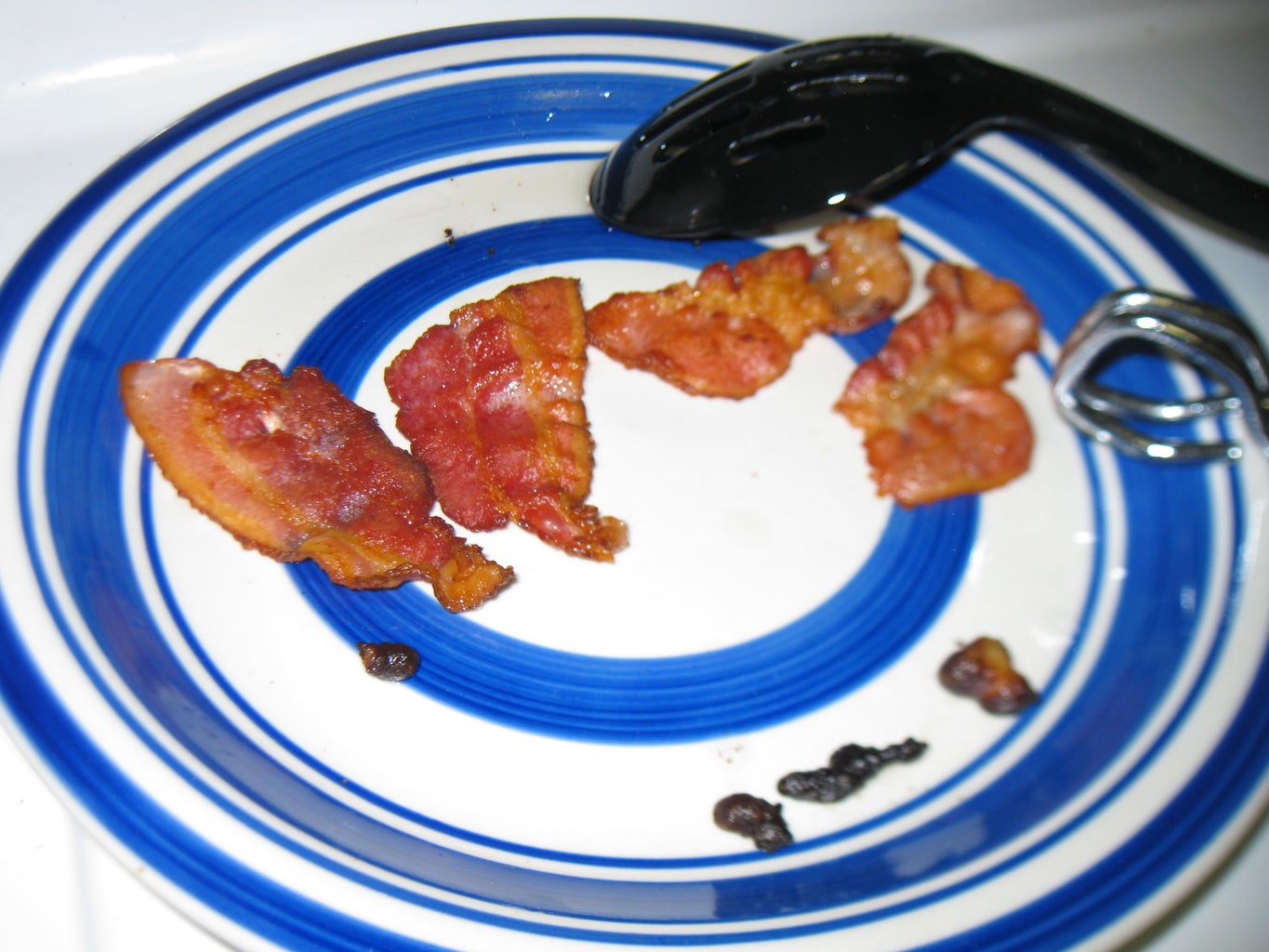
Do You Use Oil To Cook Bacon? That’s The Question Of The Day
FAQ
What oil is best to cook bacon?
Absolutely! Olive oil is an excellent choice for cooking bacon as it has a relatively high smoke point. This means it can withstand higher temperatures without burning and smoking, providing a crisp and flavorful bacon. The oil also adds a subtle flavor to the bacon, making it even more delicious.
Should you cook bacon in olive oil?
There are a few things to be said about the oil. First of all do not use an olive or vegetable oil. Both have relatively low smoke point and don’t take the harsh heat well. Peanut oil is preferred for frying due to its resilience in both matters.
What’s better for you, bacon grease or olive oil?
Sure, bacon fat gets a bad rap for its cholesterol level compared to “healthier” fats like olive oil, but calorie for calorie, they’re virtually the same. And while olive oil likes to boast that it’s more heart healthy, bacon fat is fine with that, because it brings loads more flavor to the table.
What is the proper way to cook bacon?
The proper way to cook bacon depends on desired crispiness and convenience, but generally involves cooking it low and slow in a skillet or baking it in the oven until crispy. For stovetop cooking, start with a cold pan and cook over low-to-medium heat, flipping occasionally for even cooking.
